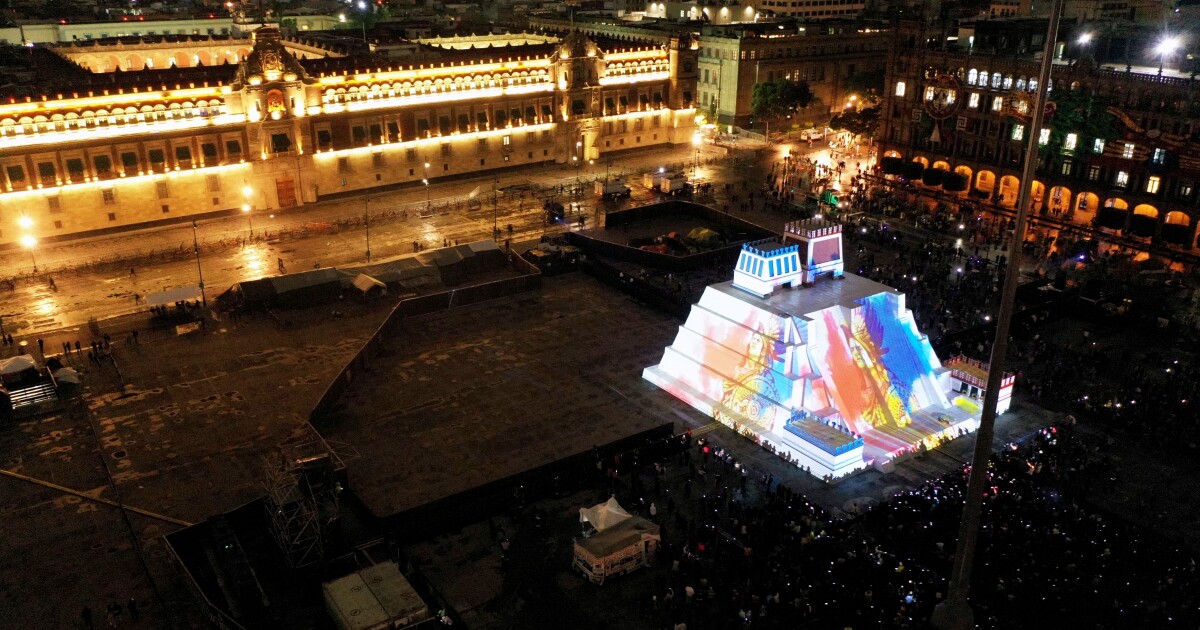[ad_1]
- Mexico’s criminal landscape has shifted over the past decade, with hundreds of gangs and splinter groups emerging.
- Those groups partner with and fight against the few remaining major cartels that control much of the drug trade.
- That proliferation has been a challenge and asset for major cartels, but it has overwhelmed Mexican law enforcement.
Ciudad Juarez, MEXICO — Over the past 10 years, the makeup of Mexico’s criminal landscape has shifted from a handful of big cartels and some splinter groups to more than 400 gangs operating all over the country, many of them with ties to the US.
A 2008 intelligence report by the Mexican army detailed the first fragmentation of what then was Mexico’s ruling cartel: Arturo Beltran Leyva’s split from “The Federation of Sinaloa,” which was run by Joaquin “El Chapo” Guzman and Ismael “El Mayo” Zambada.
Beltran Leyva founded his own cartel, naming it after himself, but by the end of 2009, Mexican Marines working with US agents had located Arturo Beltran, killing him in a raid in the resort city of Cuernavaca, just south of Mexico City.
The fragmentation has continued since then. Now more than 400 gangs operate in Mexico, according to the most recent report by Lantia Intelligence, a Mexican consulting agency specializing in criminal organizations and security analysis.
REUTERS/Edgard Garrido
“Today most of these 400 criminal cells are coalitions more than independent groups,” according to Eduardo Guerrero, director of Lantia, which maintains a database on gangs updated monthly.
Guerrero said the fragmentation was a direct consequence of the “war against cartels” that right-wing Mexican President Felipe Calderon escalated soon after taking office in 2006.
“The DEA advised Calderon to start a strategic fragmentation between cartels, but Mexico police forces were not prepared, and the narcos bought the police [at] every level,” Guerrero said, referring to pervasive corruption.
American officials have also pointed to that US-supported strategy as a driver of violence in recent years.
The Sinaloa and Jalisco Nueva Generacion cartels “are the biggest players in Mexico today, with a lot of partners,” Guerrero told Insider.
The Sinaloa Cartel has split into more than 37 “small and medium sized cells,” according to the Lantia report obtained by Insider.
REUTERS/Jose Luis Gonzalez
The Cartel Jalisco Nueva Generacion, which was formed by a faction of the Sinaloa Cartel, operates with more than 36 cells around the country.
Major criminal groups mostly have horizontal rather than hierarchical structures, Guerrero said. The Sinaloa Cartel in particular is believed to be more adaptable because it operates as a group of cooperating factions.
“But in some cases, especially with those small gangs, they do have a chain of command,” Guerrero said.
Not all cells cooperate with the larger group to which they’re linked. Cartel Nueva Plaza, a Jalisco cartel cell with strong ties to Asia and the US, is believed to have challenged the Jalisco cartel on its home turf in Guadalajara, spurring a wave of bloodshed there in 2018.
The Lantia report also describes once-powerful organizations like Los Zetas, the Gulf Cartel, Beltran Leyva, and Familia Michoacana as almost nonexistent, having fragmented into about 50 different groups with operations in 16 of Mexico’s 32 states.
‘Local alliances’
HECTOR GUERRERO/AFP via Getty Images
The proliferation of small gangs and the presence of powerful criminal organizations have overwhelmed Mexican law enforcement, according to security experts.
“The criminal organizations in Mexico are extremely empowered by the fact that they think there is no threat to them by the Mexican state,” said Manelich Castilla, who was the head of Mexico’s Federal Police before it was folded into the country’s new National Guard in 2019.
Castilla acknowledged that Mexico’s law-enforcement authorities are actively participating in organized crime and that “there are no solid authorities, especially at a local level.”
“The fentanyl business changed everything. Since it is so profitable and it moves in such small quantities, fentanyl made cartels much more empowered and rich, overwhelming all levels of authorities,” he said.
Castilla said the small gangs proliferating in Mexico are not a threat to established cartels but rather support their power.
“They work under their directions, not against them. The roughest threat is for Mexican local authorities. Cartels that might not have had a strong local presence in many cities now do, and this is totally overwhelming,” he said.
Larger cartels might also be empowered by having local alliances in cities where they operate. A Sinaloa Cartel operative in Culiacan, the capital of Sinaloa state, said the cartel didn’t feel a threat from gangs or small organized groups.
REUTERS/Jesus Bustamante
“They will never be a threat. We are the ones paying their bills, asking them to support our organizations, and what they get in return more than money is the support of a strong organization like the Sinaloa,” the operative told Insider, speaking anonymously to avoid retaliation.
The operative said that these local gangs “look for us to have a brand behind them. Otherwise they are on their own.”
Criminal organizations have gained “a lot of power” and co-opted officials at many levels in recent years, but they aren’t able to threaten the power of the Mexican state, Castilla said.
“It is a lie to believe that some of these organizations overpower the capacity of the Mexican state. They don’t have the infrastructure or the training as Mexican law enforcement does,” Castilla told Insider.
The issue, Castilla said, is the approach that Mexican President Andrés Manuel López Obrador has taken to fighting organized crime.
López Obrador, elected in 2018, has been criticized for adopting a non-confrontational security strategy, which he has referred to as “hugs not guns.”
López Obrador “is trying to pacify the country with other ways than confrontation, and this has been very much used by criminals to get stronger,” Castilla said.
[ad_2]
Source link













